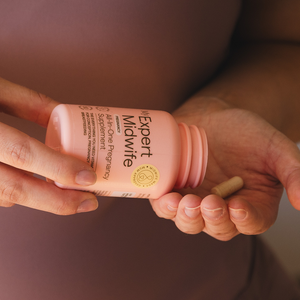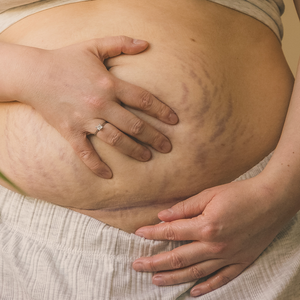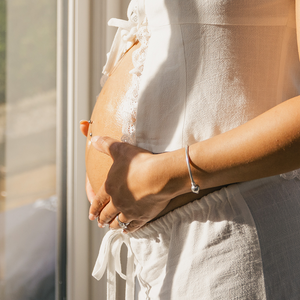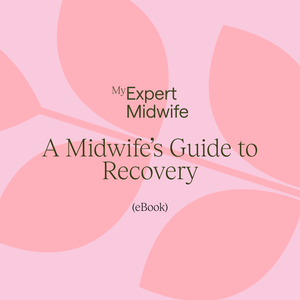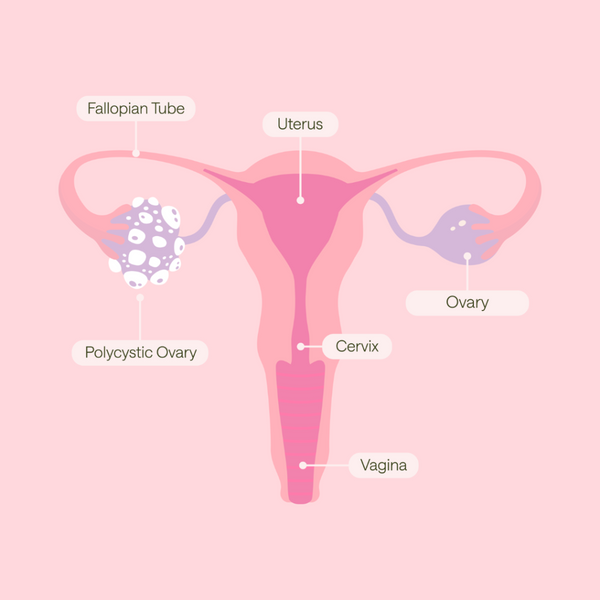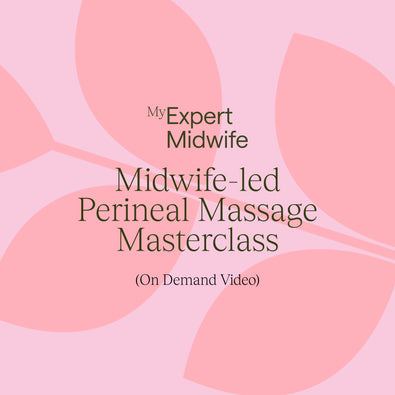How does massage in labour work?
You may wonder what difference you massaging your partner in labour may make to how she copes. And this is a valid question, as labour is a very physically and emotionally intense experience and it can be hard to understand how massage may help in this situation.
Brain trickery can, at least in part, help explain some of the beneficial effects of massage in labour. It is thought that pleasant sensations, such as those felt during a gentle massage, can distract the brain from focussing on less pleasant - or even painful - sensations. The pleasurable feelings created by massaging your partner during labour may therefore help to block messages of pain from reaching her brain.
Research has shown that massage has the power to decrease levels of the stress hormone cortisol and increase levels of happiness-inducing and pain-relieving chemicals such as endorphins, dopamine and serotonin.
The smell of essential oils used by your partner during pregnancy massage and/or relaxation, when used during her labour, can help bring her back to a familiar and safe place. Just like how having her own pillow or blanket from home will help her relax, familiar smells can act like an ‘olfactory security blanket’.
Touch itself can offer reassurance and, when coming from you, can be particularly beneficial. It not only affirms your support for her, but it also reinforces that she’s not alone, even though she’s the one experiencing labour and birth.
Women who receive massage in labour report lower pain scores, decreased anxiety and higher rates of satisfaction with the birth than those who are not massaged.
Don’t worry if you don’t know what you’re doing! Simple massage techniques for labour are easy to learn and, in this case, just as beneficial as anything that a professional massage therapist could offer. Let us take you through some of these.
Effleurage
These are long, gliding strokes that are usually performed with a flat hand, using the palm and/or the extended fingers.
- Use slow, firm strokes and follow a rhythm
- For example, start at the base of her spine (hands to either side of the spine, never over it) and, as she breathes in, move your hands up towards her shoulders
As she breathes out, either glide your hands over her shoulders and down her upper arms or down her sides, to meet again where you started.
- If she is wearing a TENS machine or has monitor belts on, you can start the effleurage strokes above the pads/belts
- You can also gently stroke her legs, starting at her feet/ankles and moving up over the inside of the leg and down over the outer leg
- You can use a little oil or a massage balm with preblended essential oils, such as our Marvellous Massaging Stick
This is a great, calming massage that usually is best done in-between contractions, but do communicate with her to make sure you are massaging her when and where she feels it’s best.
Sacral massage
The sacrum is the bony part between the base of the spine and the tail bone. The sacral area forms a kind of inverted triangle between her hip bones and bum crease and tends to be quite uncomfortable and sore during labour.
You can help relieve that soreness by applying counter pressure. To do this:
- Use the heel of your hand or make a fist
- Place your hand/fist just over her bum crease OR
- Place one hand on either side, just above where her bum cheeks end and her back begins
- Apply firm steady pressure AND/OR
- Make small circular movements on the spot, without decreasing the pressure
- You can also do this by using one or two of our Marvellous Massaging Sticks instead of your hands
Sacral pressure/massage can be applied during contractions and in-between them. Communicate with your partner to understand what she needs at different stages in her labour.
Neck and shoulders
The neck and the shoulders can hold a lot of tension and prevent labouring women from breathing effectively and from relaxing. This is an easy-to-access area that can be massaged from different angles and positions.
Here are a few different ways to massage the shoulders and neck area:
- Stand either behind or in front of her, put your hands over her shoulders and lean forwards slightly, applying some weight and pressure with your hands. This will help her to lower her shoulders, which may have become hunched and contracted with tiredness, pain or stress. This simple technique will also help relax the muscles around her neck
- Stand/sit behind her, place your hands over her shoulders and, using your thumbs to make small circles, massage in-between her shoulder blades, the top of her shoulders, and up the base of her neck
- With her forehead resting on the palm of your hand or against something cushioned (edge of mattress/sofa, pillow over counter, etc), place your hand so that your thumb is on one side of her neck and your fingers on the other. Gently and rhythmically sweep up and down the sides of the neck or make small outward circles as you move up and down
Summary
Your closeness and support, the familiar and calming smells of the essential oils, and the many benefits attributed to massage during labour make it a great addition to have in your partner’s toolkit of coping mechanisms. All you need is a few simple massage techniques and to be attentive to her wishes and needs.
